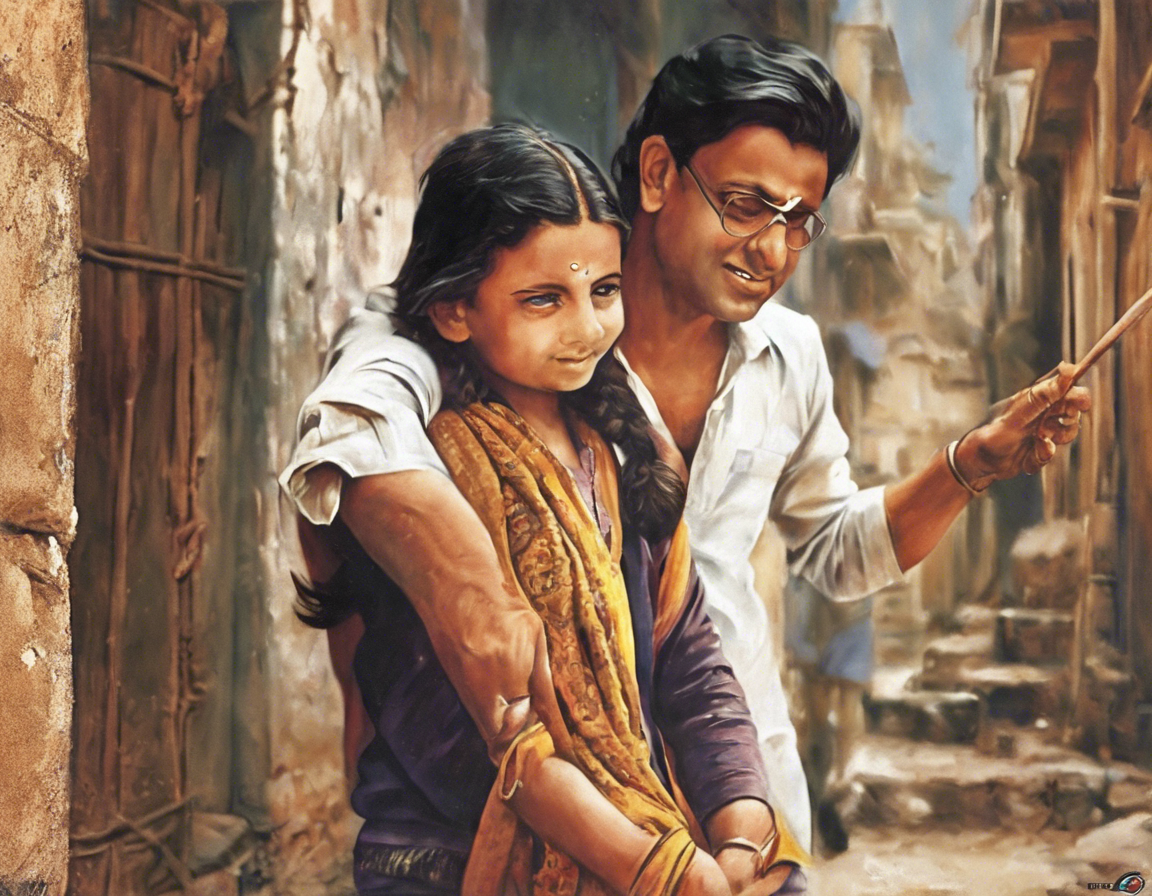“Up Mein Kitne Jile Hain: An Overview”
Uttar Pradesh, India’s most populous state, is known for its rich history, cultural heritage, and diverse geographical landscape. One of the common questions that arise when discussing Uttar Pradesh is “Up Mein Kitne Jile Hain?” which translates to “How many districts are there in Uttar Pradesh?” This article aims to provide a comprehensive overview of Uttar Pradesh’s districts, their significance, and other relevant information.
Understanding Uttar Pradesh’s Districts
Uttar Pradesh is divided into administrative units known as districts. These districts play a crucial role in the governance, development, and implementation of various schemes at the grassroots level. As of 2021, Uttar Pradesh is divided into 75 districts, each with its unique identity, cultural heritage, and administrative setup.
Significance of Districts in Uttar Pradesh
Administrative Structure:
- District Magistrate (DM): The district magistrate is the head of the district administration and is responsible for maintaining law and order, implementing government schemes, and coordinating various departments within the district.
- Superintendent of Police (SP): The SP is responsible for maintaining law and order, investigating crimes, and ensuring the safety and security of the district’s residents.
Developmental Activities:
- Local Governance: Districts play a crucial role in the functioning of Panchayati Raj institutions, including Gram Panchayats, Block Panchayats, and Zila Panchayats, which handle local governance and development activities.
- Infrastructure Development: Districts are instrumental in the planning and execution of infrastructure projects such as roads, bridges, schools, hospitals, and other amenities for the residents.
Socio-economic Indicators:
- Demographic Data: Each district in Uttar Pradesh has its unique demographic profile, including population density, literacy rates, sex ratio, and socio-economic indicators that help in formulating targeted development strategies.
- Human Development Index: Districts play a pivotal role in improving the Human Development Index (HDI) by focusing on education, healthcare, gender equality, and income generation activities.
List of Districts in Uttar Pradesh
Here is a list of the 75 districts in Uttar Pradesh:
1. Agra
2. Aligarh
3. Ambedkar Nagar
4. Amethi
5. Amroha
6. Auraiya
7. Ayodhya
8. Azamgarh
9. Baghpat
10. Bahraich
11. Ballia
12. Balrampur
13. Banda
14. Barabanki
15. Bareilly
16. Basti
17. Bhadohi
18. Bijnor
19. Budaun
20. Bulandshahr
21. Chandauli
22. Chitrakoot
23. Deoria
24. Etah
25. Etawah
26. Faizabad
27. Farrukhabad
28. Fatehpur
29. Firozabad
30. Gautam Buddha Nagar
31. Ghaziabad
32. Ghazipur
33. Gonda
34. Gorakhpur
35. Hamirpur
36. Hapur
37. Hardoi
38. Hathras
39. Jalaun
40. Jaunpur
41. Jhansi
42. Kannauj
43. Kanpur Dehat
44. Kanpur Nagar
45. Kasganj
46. Kaushambi
47. Kushinagar
48. Lakhimpur Kheri
49. Lalitpur
50. Lucknow
51. Maharajganj
52. Mahoba
53. Mainpuri
54. Mathura
55. Mau
56. Meerut
57. Mirzapur
58. Moradabad
59. Muzaffarnagar
60. Pilibhit
61. Pratapgarh
62. Rae Bareli
63. Rampur
64. Saharanpur
65. Sambhal
66. Sant Kabir Nagar
67. Shahjahanpur
68. Shamli
69. Shravasti
70. Siddharthnagar
71. Sitapur
72. Sonbhadra
73. Sultanpur
74. Unnao
75. Varanasi
Frequently Asked Questions (FAQs)
1. How many districts are there in Uttar Pradesh?
- Uttar Pradesh consists of 75 districts.
2. Which is the largest district in Uttar Pradesh?
- Lakhimpur Kheri is the largest district in Uttar Pradesh in terms of area.
3. Which is the most populous district in Uttar Pradesh?
- Prayagraj (formerly Allahabad) is one of the most populous districts in Uttar Pradesh.
4. How are districts in Uttar Pradesh named?
- Districts in Uttar Pradesh are typically named after prominent towns, historical places, rivers, or geographical features.
5. What is the role of the District Magistrate in Uttar Pradesh?
- The District Magistrate is responsible for the overall administration of the district, including law and order, revenue administration, and implementation of government schemes.
6. How many divisions are there in Uttar Pradesh?
- Uttar Pradesh is divided into 18 divisions for administrative purposes.
7. Are there any newly created districts in Uttar Pradesh?
- Yes, in recent years, new districts such as Ayodhya, Amethi, and Hapur have been created for better governance and administrative efficiency.
8. Which district is known as the “Cultural Capital of Uttar Pradesh”?
- Varanasi is often referred to as the “Cultural Capital of Uttar Pradesh” due to its rich cultural heritage, spirituality, and historical significance.
9. How many districts in Uttar Pradesh share a border with Nepal?
- Four districts in Uttar Pradesh share a border with Nepal: Bahraich, Balrampur, Shravasti, and Siddharthnagar.
10. What is the literacy rate in Uttar Pradesh?
- The literacy rate in Uttar Pradesh is approximately 67%, with variations across different districts.
In conclusion, Uttar Pradesh’s districts play a pivotal role in the state’s governance, development, and socio-economic progress. Understanding the administrative structure, significance, and unique characteristics of each district is essential for policymakers, researchers, and individuals interested in the state’s dynamic landscape.



